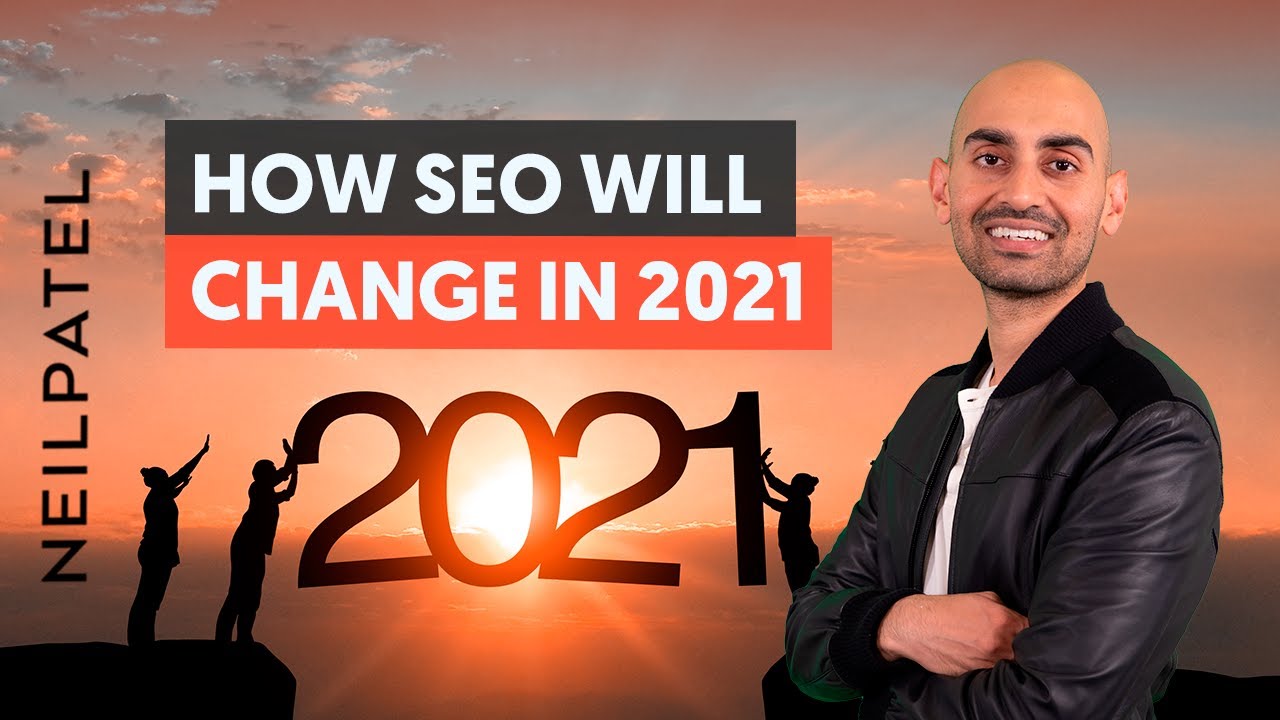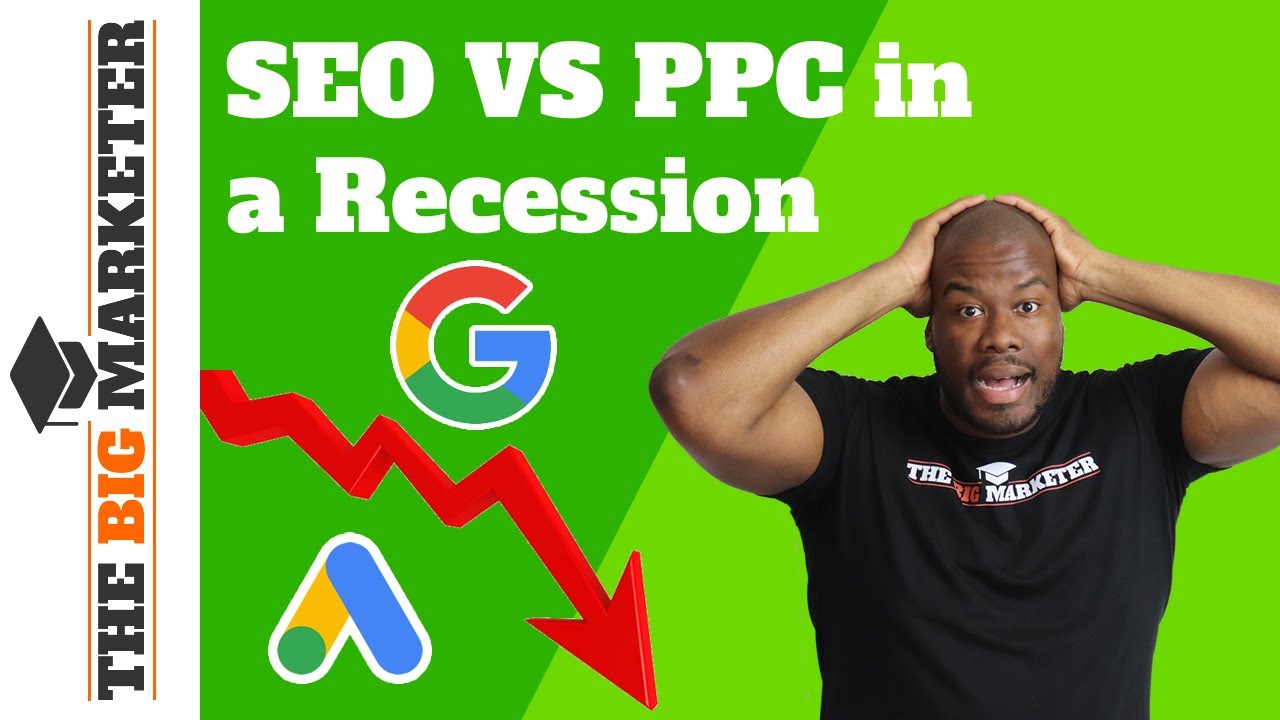There’s over 200 ranking factors in Google’s algorithm. So, how the heck are you going to have all the time to keep up with all of them, so you can improve your rankings and your traffic? There must be an easier way, or maybe even one report that you can use to grow your traffic. Today I’m going to break down my favorite SEO report.
RESOURCES & LINKS:
____________________________________________
HubSpot: https://www.hubspot.com/
Ubersuggest: https://neilpatel.com/ubersuggest/
____________________________________________
The thing about SEO is a lot of tools out there have very similar reports and features. And the feature I’m going to end up breaking down. I do it through Ubersuggest because you can get it for free, or if you want to pay for it, there’s a lot of other SEO tools that also have this feature.
So, I want you to go to neilpatel.com/ubersuggest and put in your domain name. If you don’t have a lot of traffic, then put putting one of your competitor’s domains that is much more popular. If you’re not sure who one of your competitors would be, just do a Google search.
Now you’ll find that some of these websites aren’t too similar and some of them are. So, as I’m going through them, I’m going to take out the ones that I know aren’t that similar.
And then now I have a decent list of competitors that I know that are similar and I do compete with on a regular basis. Even if, they don’t do the same exact business as you if you know that they talk about some of the same stuff and they write similar blog posts.
Now what this report shows you is how many keywords your site is getting traffic for, and how many keywords your competitors are getting.
I actually want you to focus on keywords gap. What keywords gap is, it shows you all the keywords that your competitors rank for, that you don’t rank for. And that’s why this is my favorite SEO report. The reason being is this gives me a big list of new keywords that I should be targeting that I may not be.
And what you’ll find is that some of the keywords that your competitors rank for is not really relevant for your company, like, how to get your contacts? HubSpot offers an email tool.
And I would make a list of all the keywords that my competitors rank for that I don’t. And then I want to use that to come up with a list of keywords that I should be going after that are relevant for my business.
Like, again, I wouldn’t want to rank for two factor authentication options but I would want to rank for long scroll website examples, the reason being is we offer conversion optimization services at my ad agency. NP Digital, and some people may be looking for long sales letter type web pages and they can use that to potentially get more leads, or types of demand in marketing.
You know, if people are looking for demand marketing or inbound marketing or unknown contacts on Facebook messenger, not too relevant, but maybe somewhat. And I would do this for a lot of my competitors.
So, if I do this for every single one of my competitors and I’m going to click view all again to close it. And I do it for all the competitors that are relevant, what ends up happening is, this all now have a massive list of keywords that I should be going after, that I want other people to find me for or new people to find me for, my competition ranks for an item. That’s why this is my favorite SEO report.
And then you would just go and create content around those topics. And if you’re not familiar with, hey, what kind of content should I create around these topics? You just Google them. So, one of the keywords was Facebook business manager. So, when I google Facebook business manager, there’s Facebook, there’s Hootsuite example how to use Facebook business manager.
And this could be a great example of all right, what kind of content do I need to create if I want to rank at the top? And if you do this for all those keywords you’ll get an idea of what you need to do to get more traffic from new keywords.
So that’s it. I recommend that you check out that report. It’s really easy to use. There’s a free version of it as well.
► If you need help growing your business check out my ad agency Neil Patel Digital @ https://neilpateldigital.com/
►Subscribe: https://goo.gl/ScRTwc to learn more secret SEO tips.
►Find me on Facebook: https://www.facebook.com/neilkpatel/
►On Instagram: https://instagram.com/neilpatel/
#SEO #NeilPatel #DigitalMarketing










